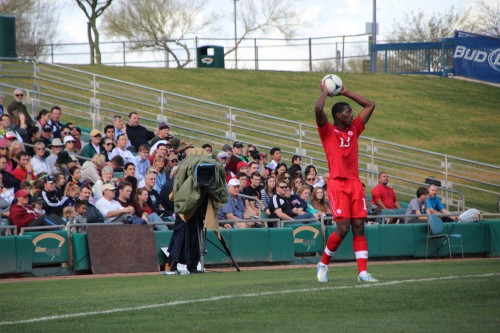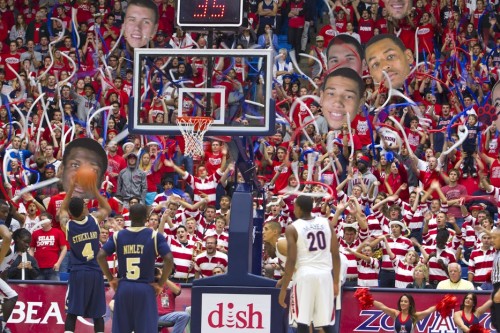
Mexican tourism dwindling in Pima County, Arizona
Kyle Johnson
• March 25, 2013

Tucson soccer enticing sports tourism
Kyle Johnson
• February 7, 2013
Load More Stories



 First things first, let’s get this out of the way — college athletics is big business.
First things first, let’s get this out of the way — college athletics is big business. Mexico. A country rich in history, culture — and tourism dollars.
Mexico. A country rich in history, culture — and tourism dollars.
